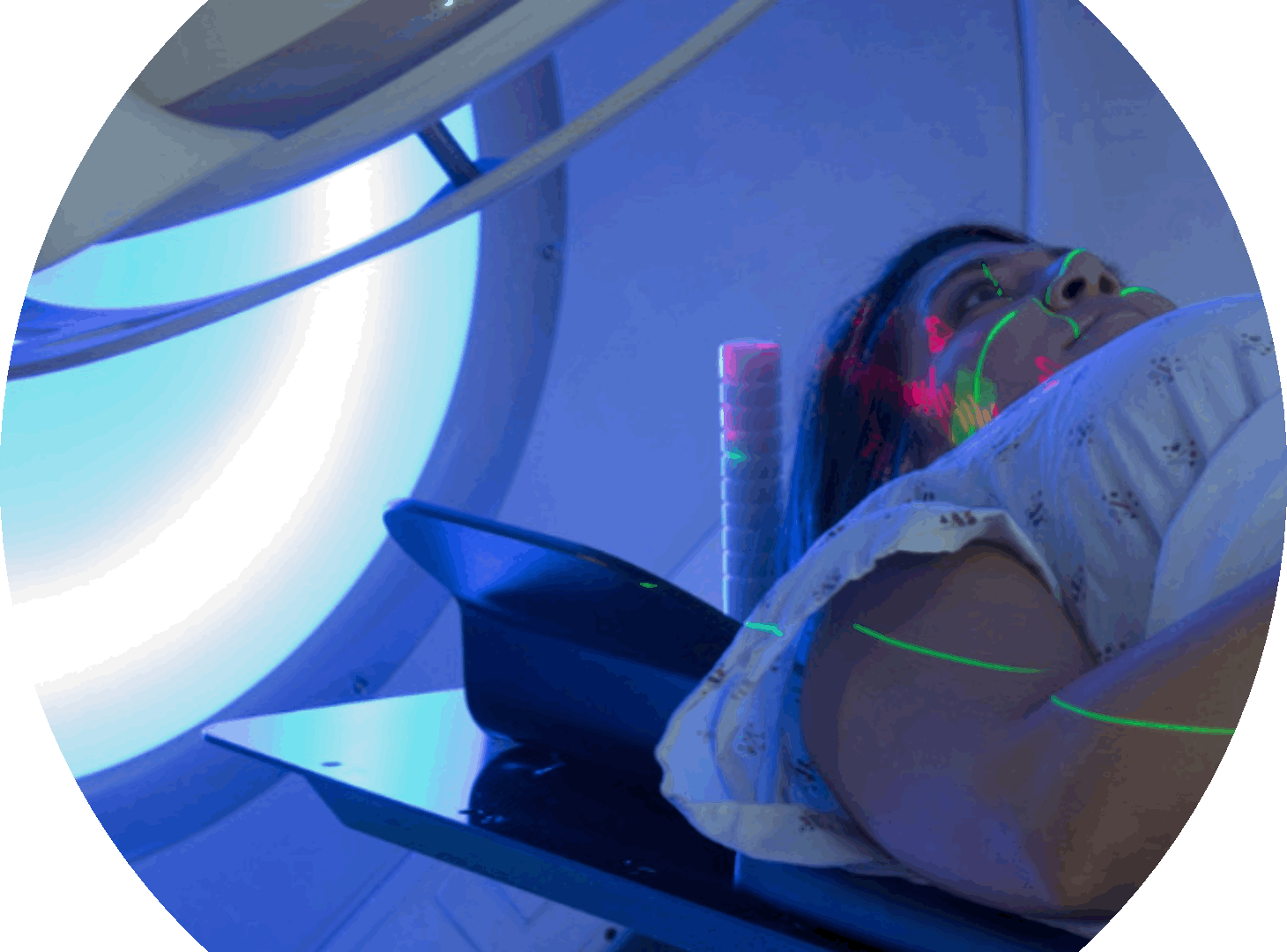Determination of volume-specific correction factors and geometry effects of 90Y activity measurement in dose calibrators
Main Article Content
Abstract
Background: Yttrium-90 (90Y) is widely used in nuclear medicine for therapeutic purposes. The radiation dose of radiopharmaceuticals relates to the activity of the radionuclide which is measured in the dose calibrator during radiopharmaceutical preparations.
Objectives: The objectives of this study were to determine volume-specific correction factors and investigate the geometry effects of 90Y activity measurement in dose calibrators.
Materials and methods: Four dose calibrators from two institutes were independently measured. The 3-mL plastic syringe and the 10-mL glass vial were used to investigate the geometry effects using the initial calibration factors for each dose calibrator. The comparison between actual activity and measured activity was expressed as the percentage errors. For volume-specific correction factor, the value for each volume was calculated based on the actual and measured activity at 0.5, 1.0, 1.5, 2.0 and 2.5 mL.
Results: Percentage error showed that 90Y activity measured in the 3-mL plastic syringe and the 10-mL glass vial were inaccurate. The activity measurements in the 3-mL plastic syringe were more accurate than in the 10-mL glass vial at all volumes for both containers in all dose calibrators. Our findings showed that increasing the volume of 90Y could result in underestimate of the measured activity. The maximum volume dependence in the 10-mL glass vial was about 20%. Hence, the volume-specific correction factors were determined for the 3-mL plastic syringe and the 10-mL glass vial for all dose calibrators.
Conclusion: The geometry effect could impact the 90Y activity measurement on the dose calibrators. Using the volume-specific correction factor for each geometry of 90Y to compensate for the geometry effect could improve the accuracy of 90Y activity measurement. However, the volume-specific correction factors are depended on the dose calibrators. Therefore, the institutes need to establish their own volumespecific correction factors for 90Y activity measurement.
Article Details

This work is licensed under a Creative Commons Attribution-NonCommercial-NoDerivatives 4.0 International License.
Personal views expressed by the contributors in their articles are not necessarily those of the Journal of Associated Medical Sciences, Faculty of Associated Medical Sciences, Chiang Mai University.
References
Yttrium-90 and Rhenium-188 Radiopharmaceuticals for Radionuclide Therapy. Vienna: INTERNATIONAL ATOMIC ENERGY AGENCY; 2015.
ANSI N42.13-2004 (Reaffirmation of ANSI N42.13-1986): American National Standard Calibration and Usage of Dose Calibrator Ionization Chambers for the Assay of Radionuclides: IEEE Publisher, 2004.
Murata T, Miwa K, Matsubayashi F, Wagatsuma K, Akimoto K, Fujibuchi T, et al. Optimal radiation shielding for beta and bremsstrahlung radiation emitted by 89Sr and 90Y: validation by empirical approach and Monte Carlo simulations. Ann. Med. 2014; 28(7): 617-22.
Gadd R, Baker M, Nijran K, Owens S, Thomas W, Woods M, et al. Protocol for establishing and maintaining the calibration of medical radionuclide calibrators and their quality control: NPL Publisher, 2006.
Tyler D, Woods M. Syringe calibration factors and volume correction factors for the NPL secondary standard radionuclide calibrator: NPL Publisher, 2002.
Woods MJ, Ciocanel M, Keightley JD. Intercomparison of 111In solution sources in UK hospitals: NPL Publisher, 1997.
Woods MJ, Ciocanel M, Keightley JD. Intercomparison of 123I solution sources in UK hospitals: NPL Publisher, 1997.
Naydenov SV, Ryzhikov VD, Smith CF. Direct reconstruction of the effective atomic number of materials by the method of multi-energy radiography. Nucl Instrum Methods Phys Res B. 2004; 215(3-4): 552-60.
Salako QA, DeNardo SJ. Radioassay of yttrium-90 radiation using the radionuclide dose calibrator. J. Nucl. Med. 1997; 38(5): 723-6.
Ferreira KM, Fenwick AJ, Arinc A, Johansson LC. Standardisation of (90)Y and determination of calibration factors for (90)Y microspheres (resin) for the NPL secondary ionisation chamber and a Capintec CRC-25R. Appl Radiat Isot. 2016; 109: 226-30.
Forwood N, Willowson KP, Tapner M, Bailey DL. Assessment of the relative contribution of volume and concentration changes in Yttrium-90 labelled resin microspheres on ionization chamber measurements. Australas Phys Eng Sci Med. 2017; 40(4): 943-8.
Kossert K, Bokeloh K, Ehlers M, Nähle O, Scheibe O, Schwarz U, Thieme K. Comparison of 90Y activity measurements in nuclear medicine in Germany. Appl Radiat Isot. 2016; 109: 247-9.
Peitl PK, Tomse P, Kroselj M, Socan A, Hojker S, Pecar S, et al. Influence of radiation source geometry on determination of (111)In and (90)Y activity of radiopharmaceuticals. Nucl Med Commun. 2009; 30(10): 807-14.
Zimmerman BE, Cessna JT, Millican MA. Experimental determination of calibration settings for plastic syringes containing solutions of 90Y using commercial radionuclide calibrators. Appl Radiat Isot. 2004; 60(2-4): 511-7.


